April 21, 2020 - Comparing Color Spaces for Male and Female Gonad Segmentation
Lab Work
Today, I used the color thresholds found in my last post for male gonad identification on the rest of the sample numbers randomly chosen from last time that I used for the female gonad segmentation analysis, and here are the results:
image: 20180924-angasi179-10x-scale
original
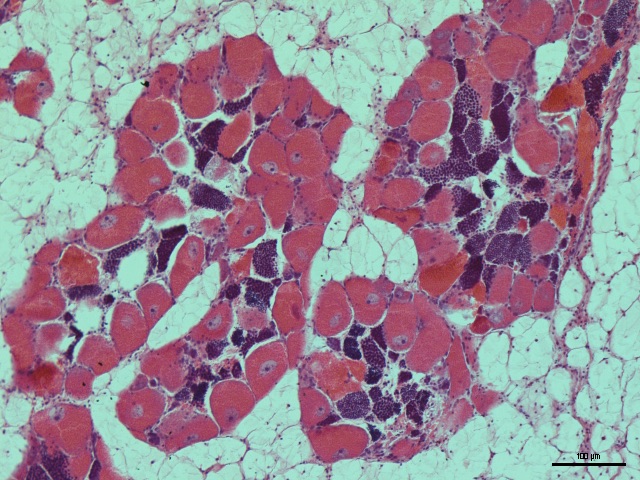
BGR
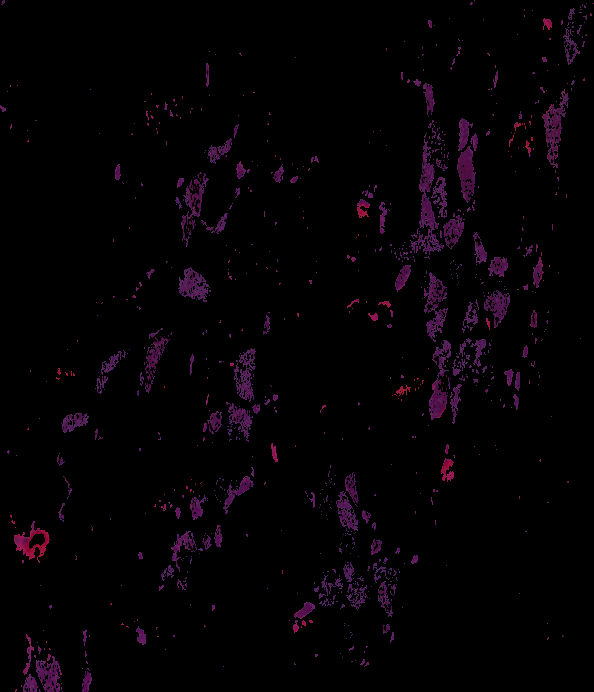
HSV
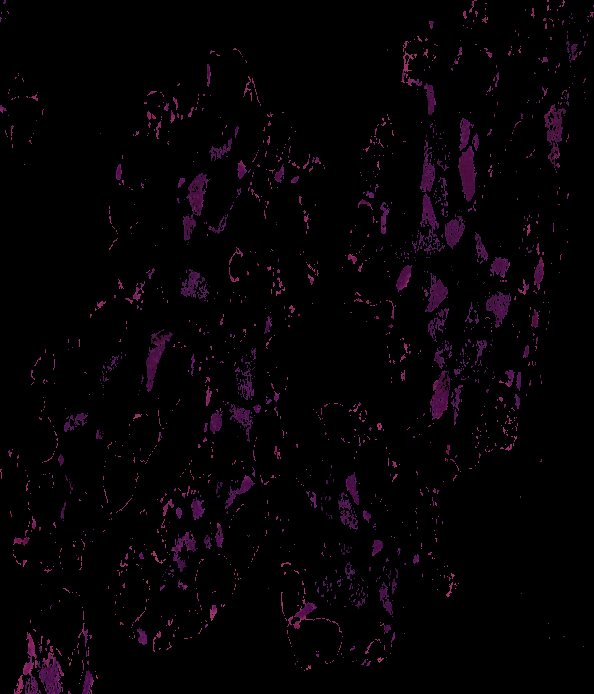
YCrCb
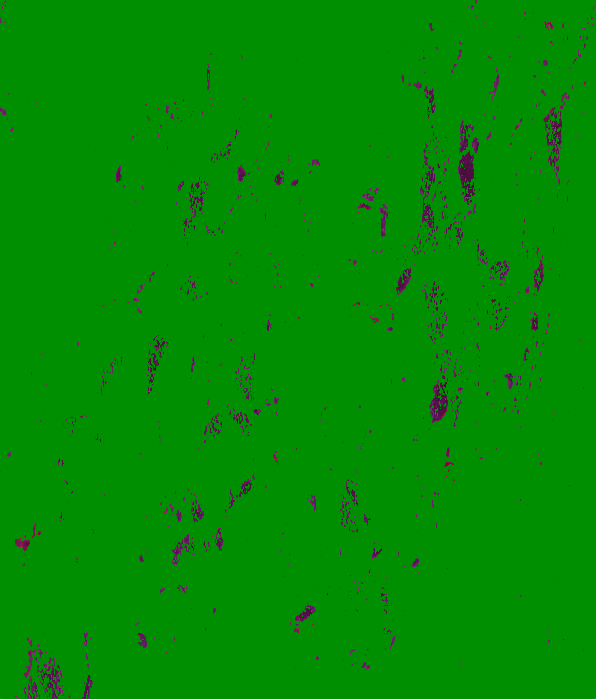
Lab
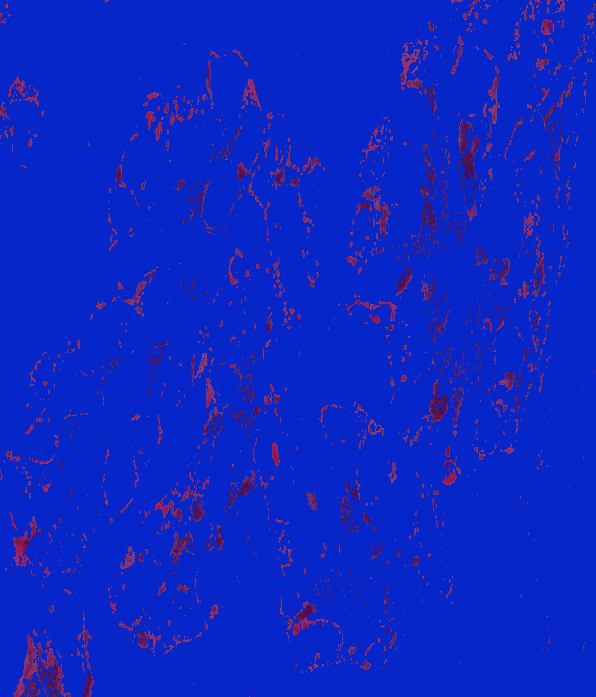
image: 20180924-angasi154-10x-tiled-scale
original
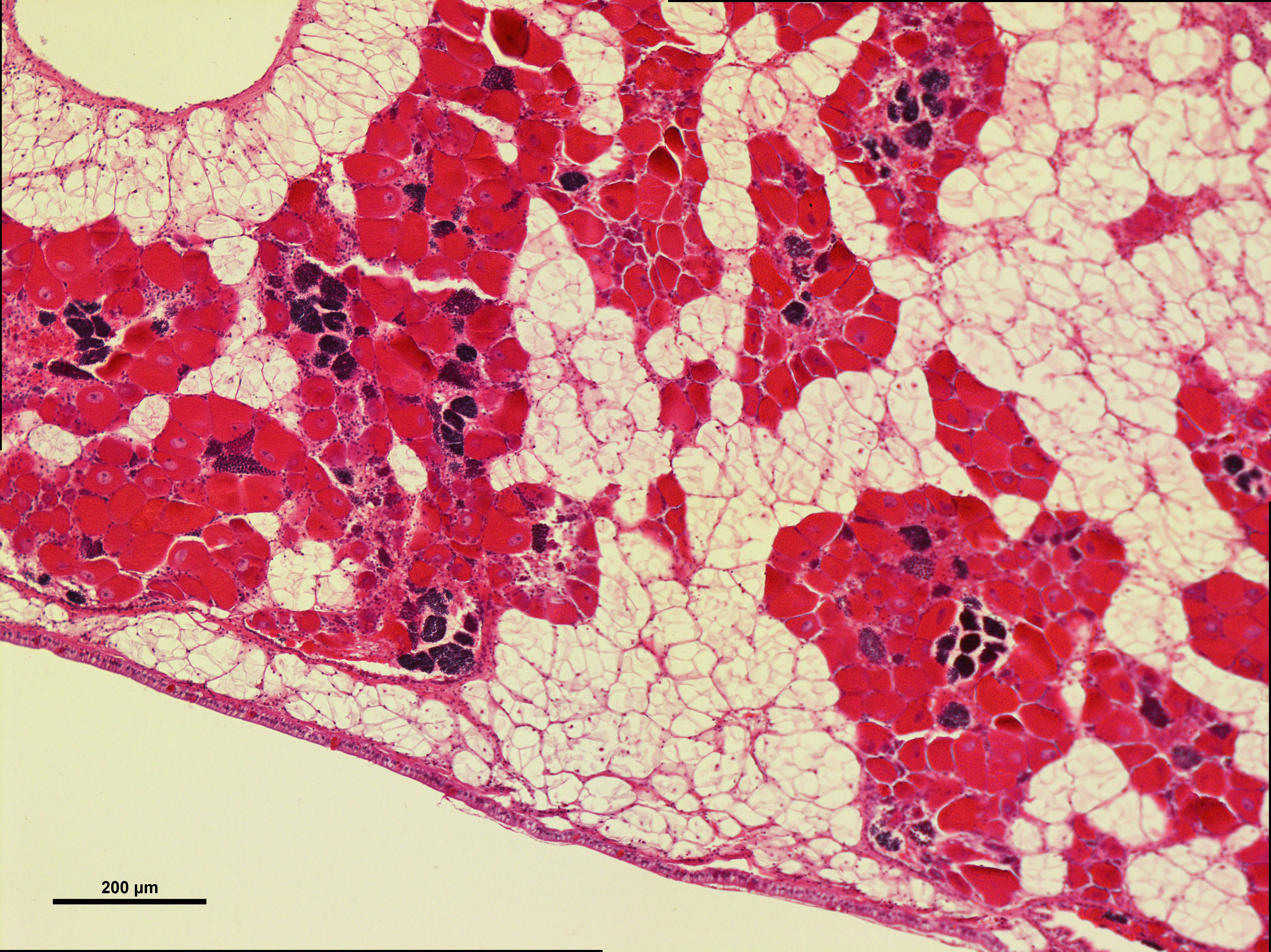
BGR

HSV
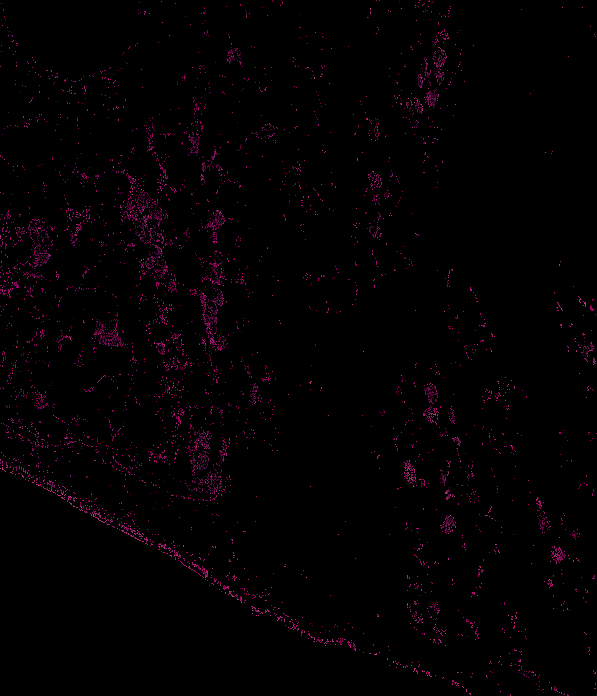
YCrCb

Lab

image: 20180924-angasi134-10x
original
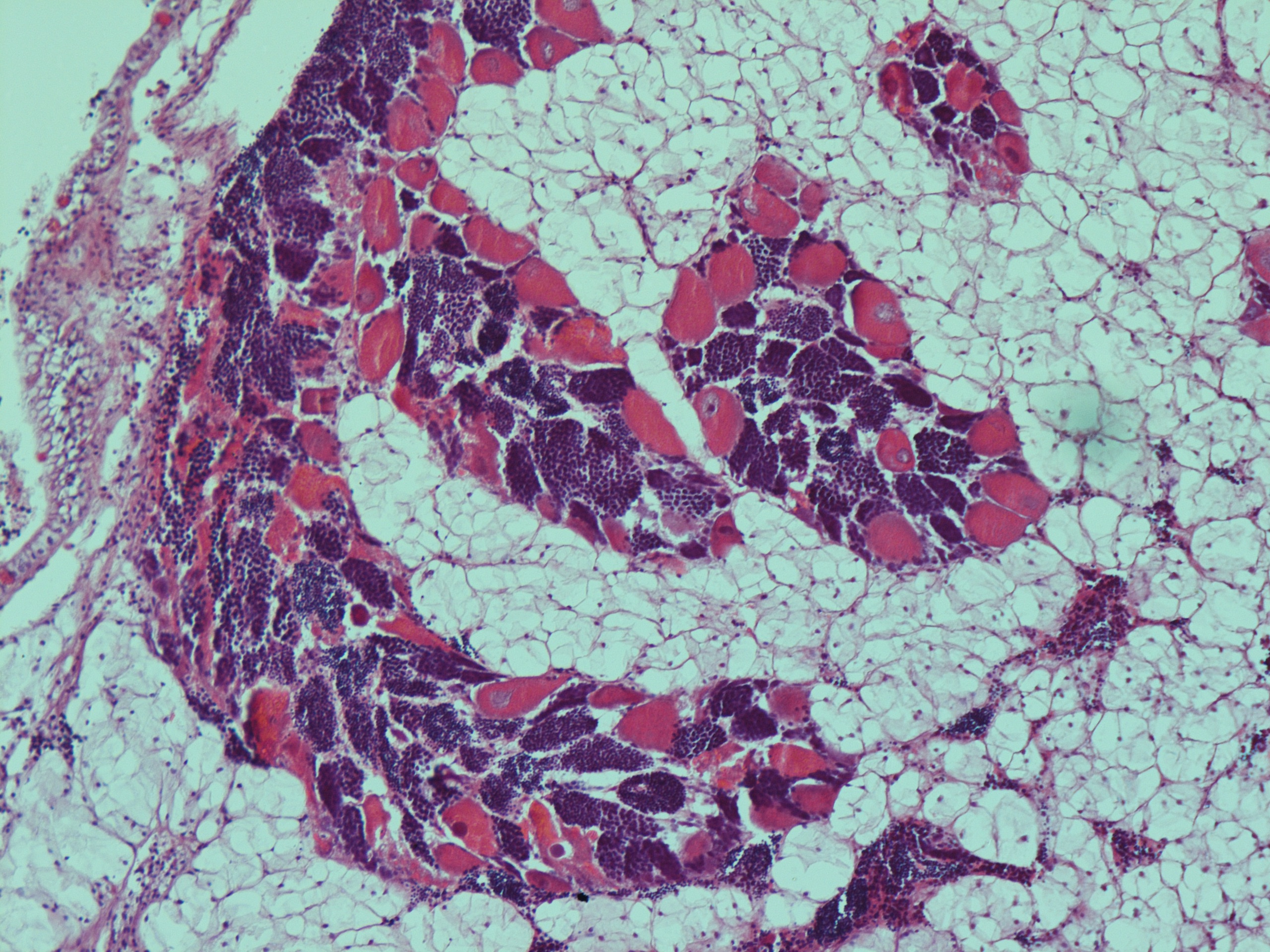
BGR
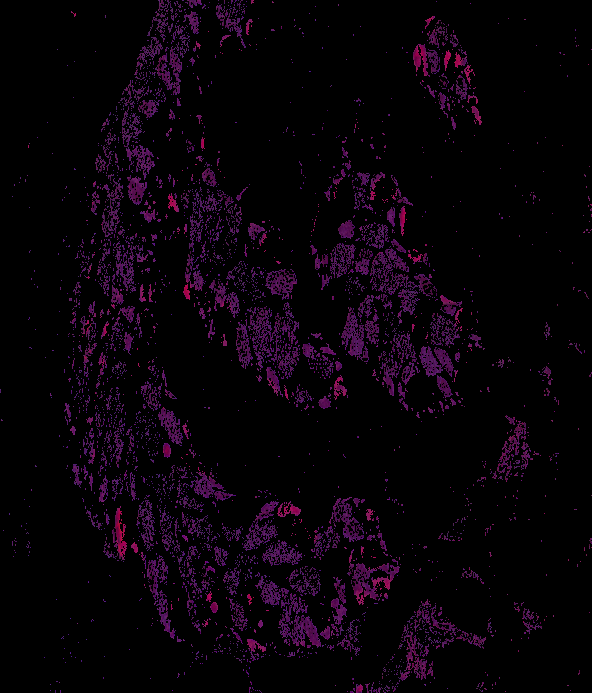
HSV
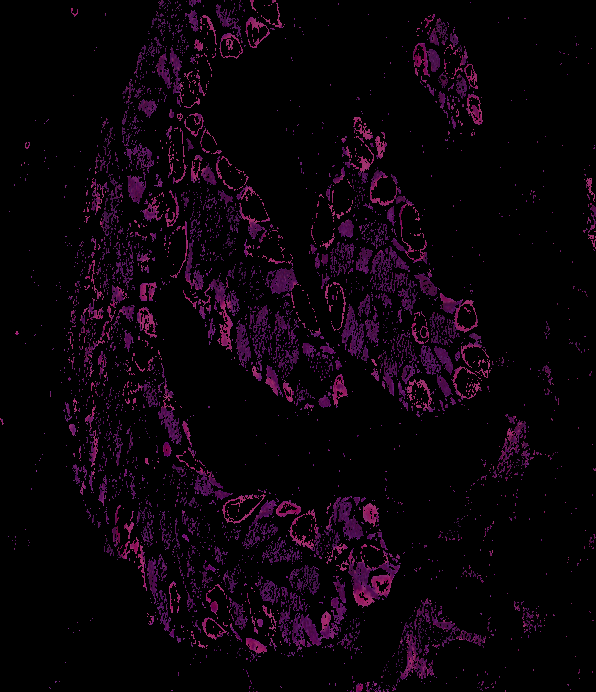
YCrCb

Lab

image: 20180924-angasi153-10x-tiled-scale
original

BGR
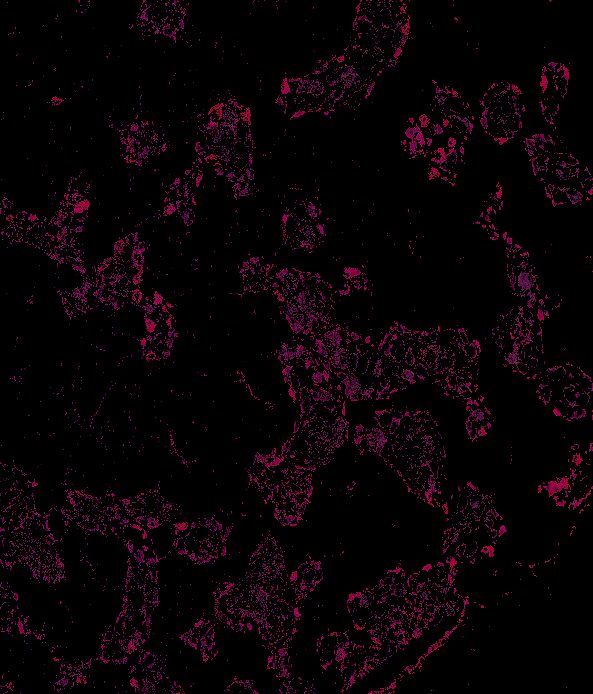
HSV

YCrCb
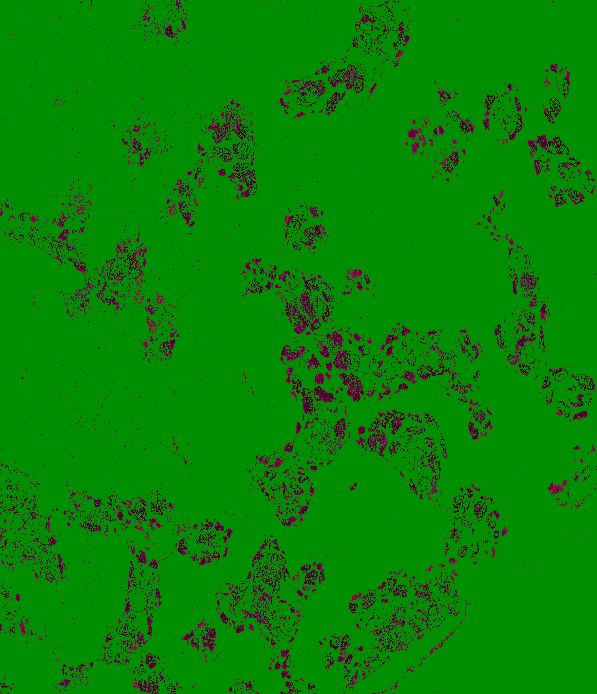
Lab
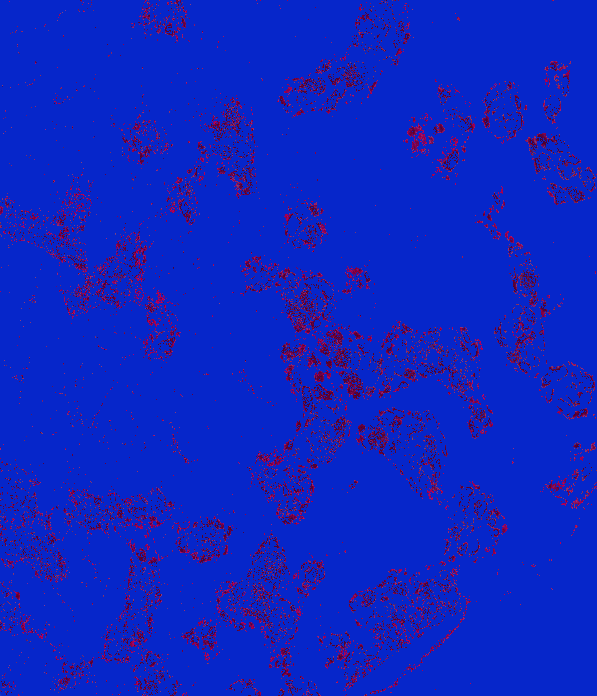
image: 20180924-angasi104-10x-tiled
original

BGR
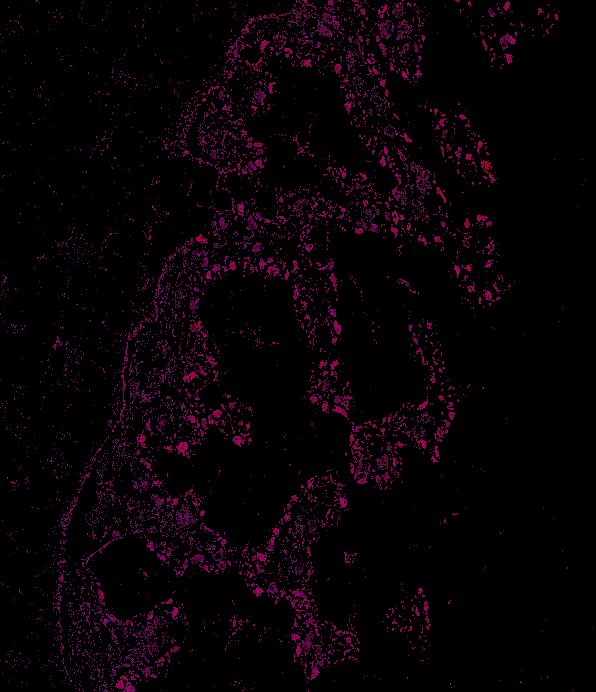
HSV
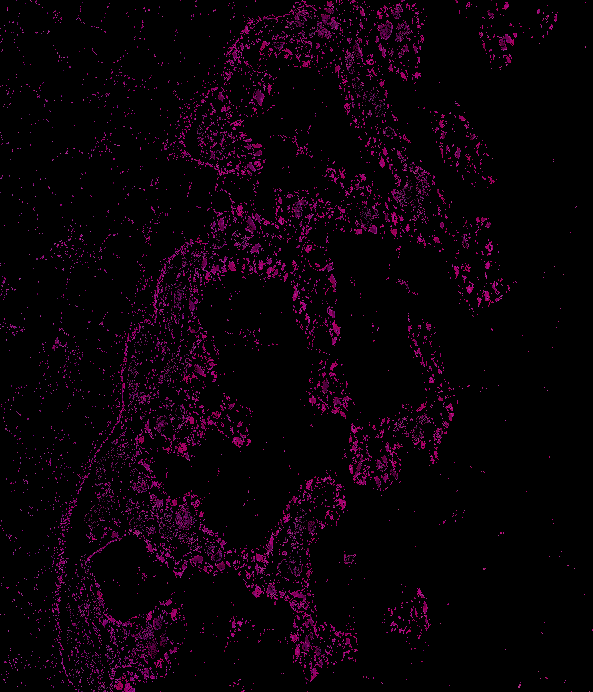
YCrCb
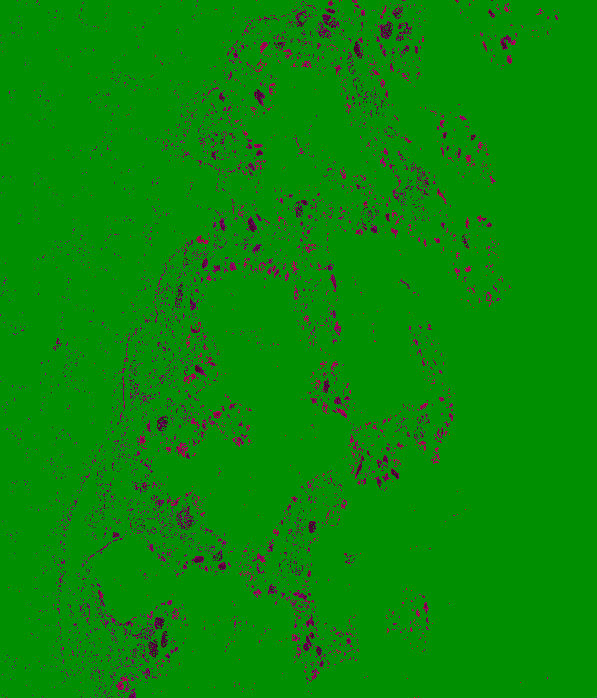
Lab
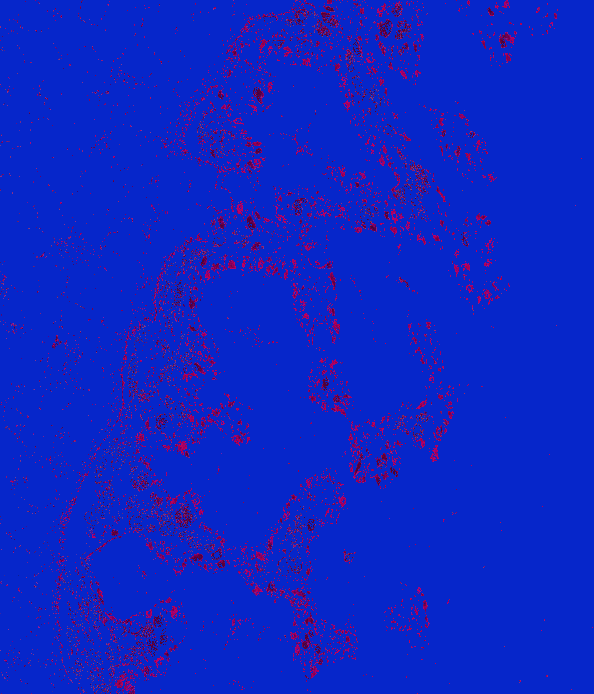
image: 20180924-angasi094-10x-tiled
original

BGR
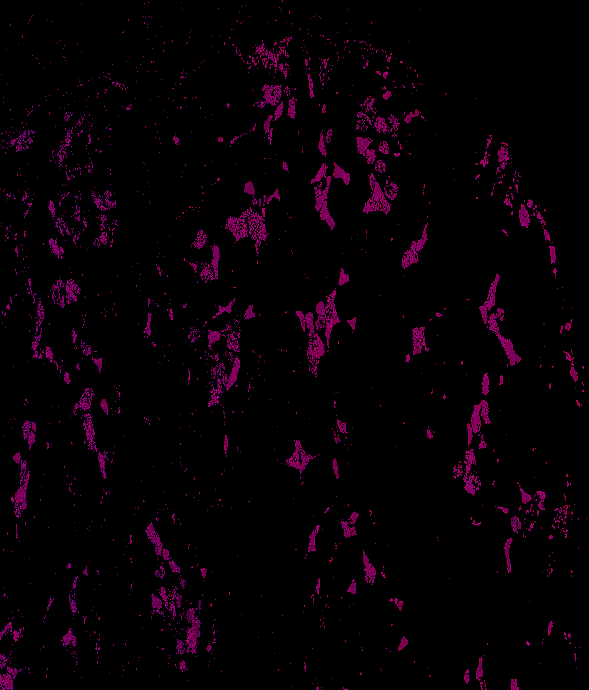
HSV
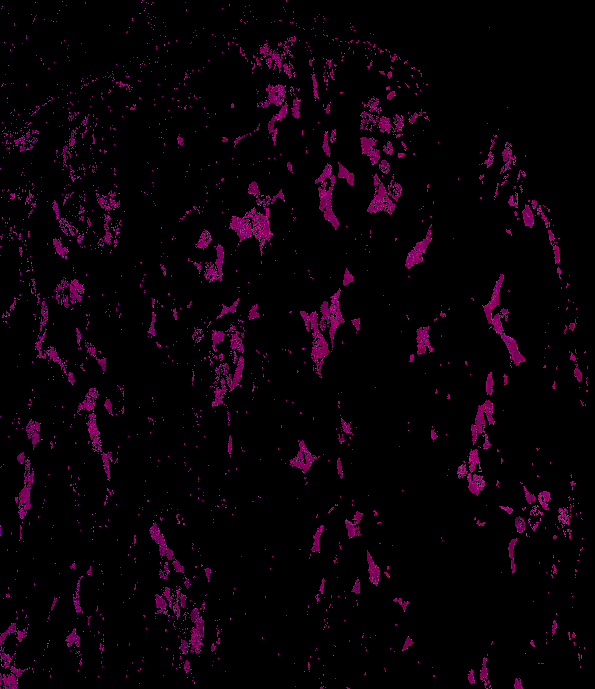
YCrCb
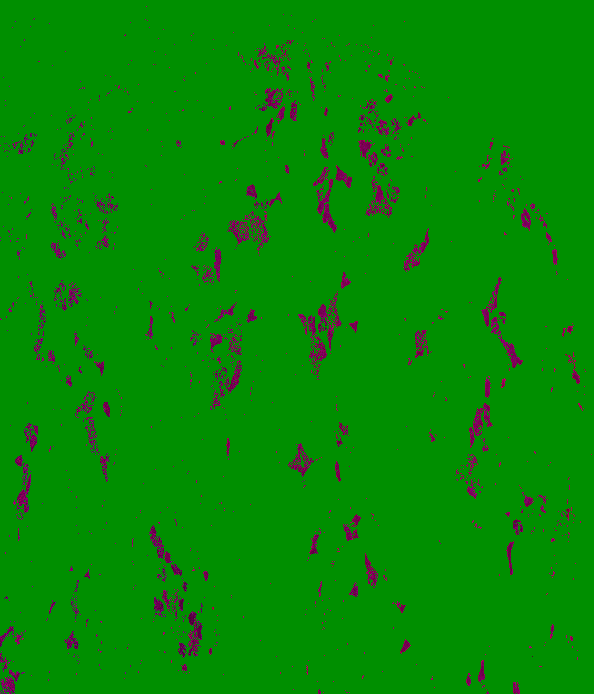
Lab

image: 20180924-angasi077-10x-tiled
original

BGR

HSV

YCrCb
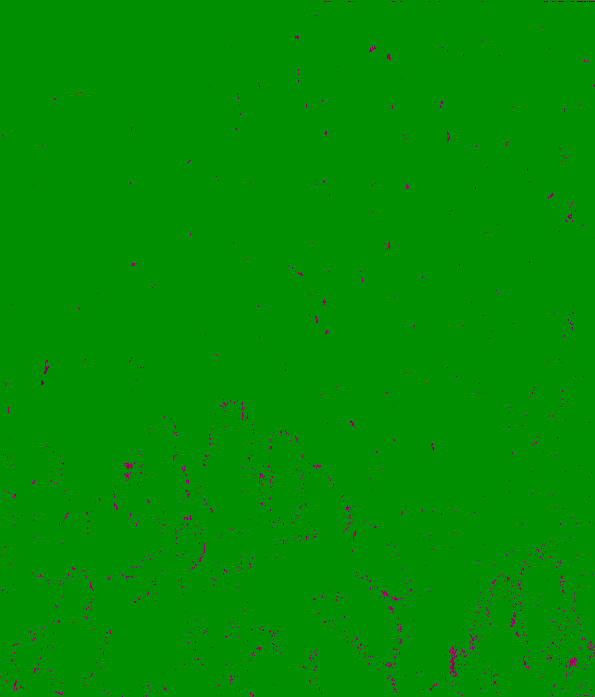
Lab
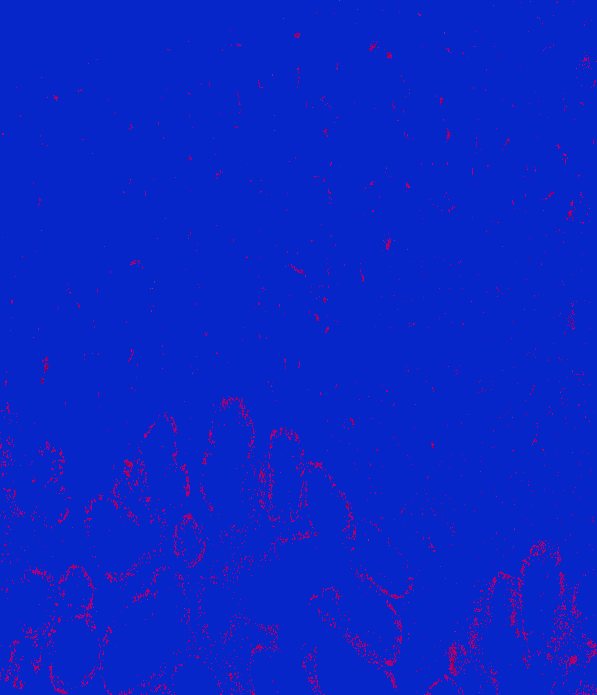
image: 20180924-angasi038-10x-tiled
original
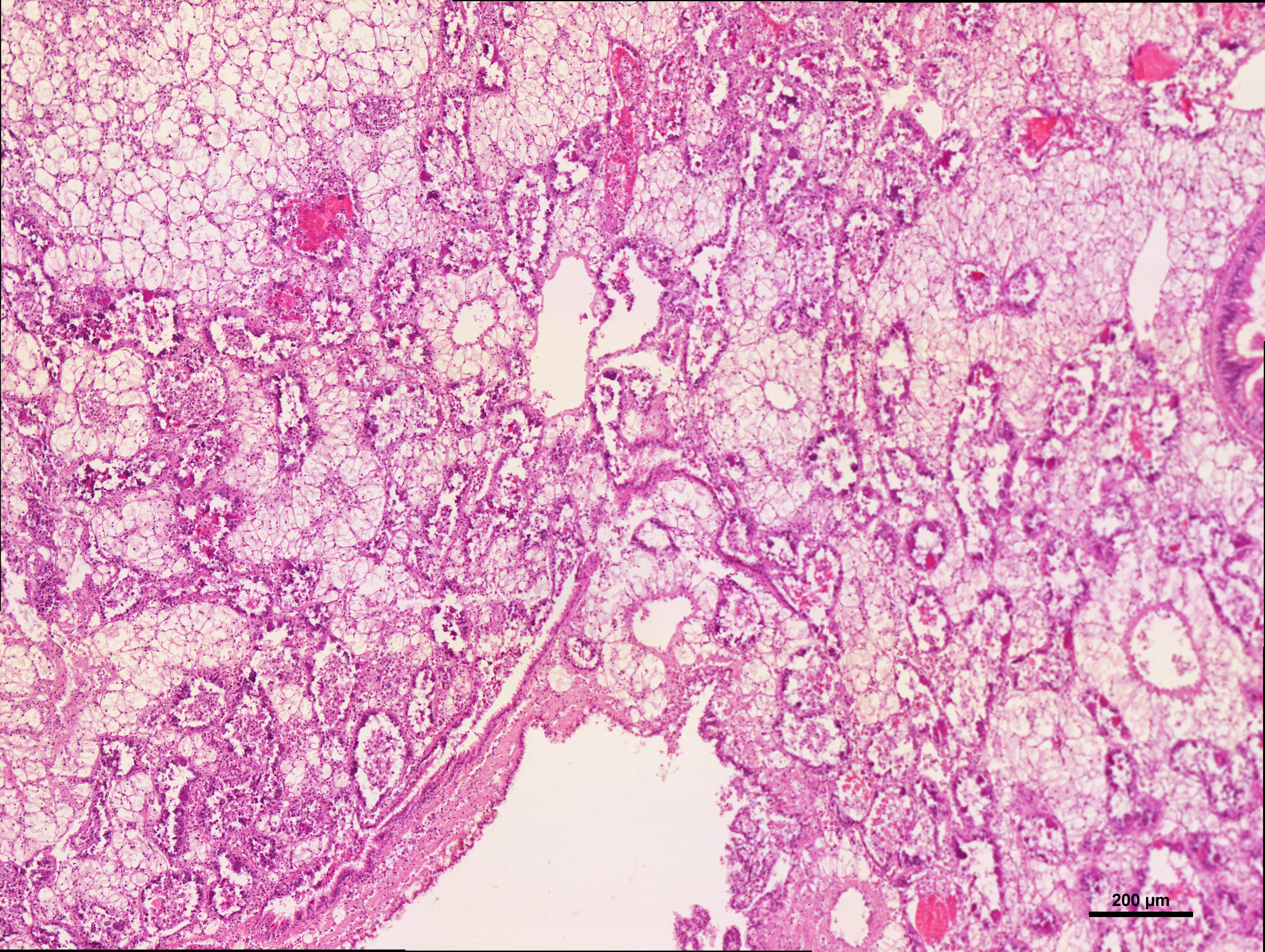
BGR
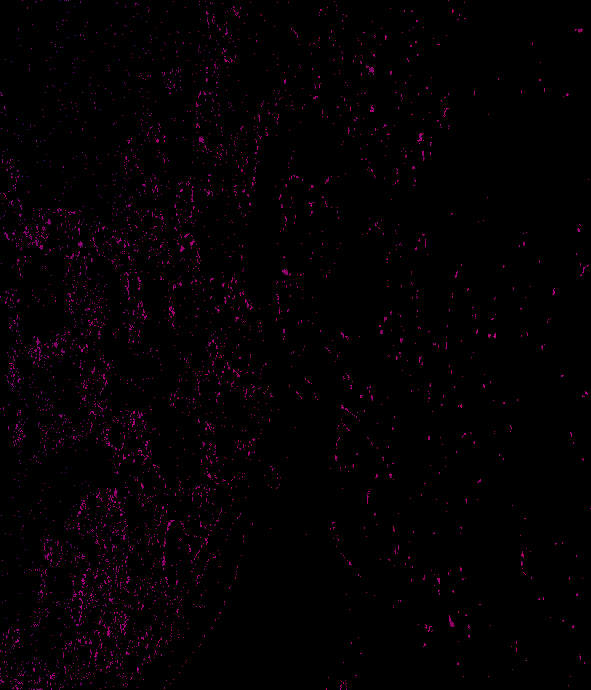 HSV
HSV

YCrCb
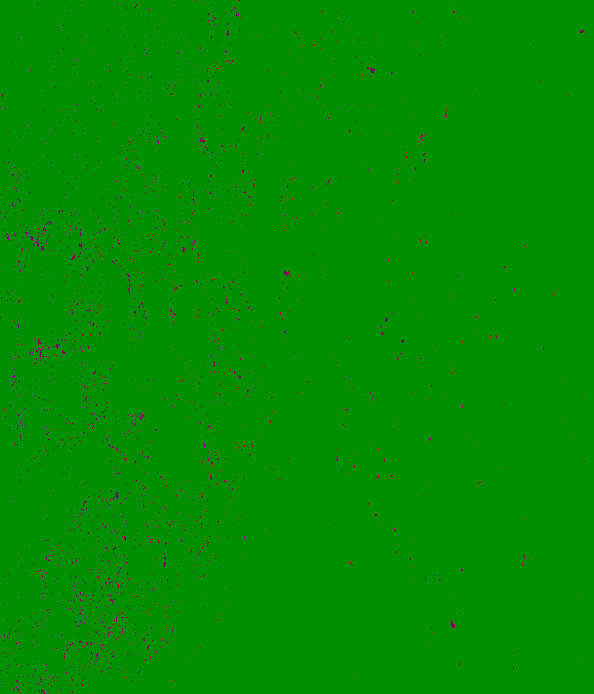
Lab

image: 20180924-angasi027-10x-tiled
original

BGR

HSV
 YCrCb
YCrCb

Lab

image: 20180924-angasi010-40x-tiled
original

BGR

HSV

YCrCb

Lab

After looking at the results of both the female and male gonad segmentations, it seems like YCrCb or Lab would be the best color spaces to use to segment female gonad, but BGR or HSV would be the best color space use to segment male gonad, but only in cases where either male or female gonad is present. When there is no male or female gonad present, the color segmentation script may erroneously segment out objects in the image that are not the male or female gonad of interest, so that should be taken into consideration when choosing how to segment all of the images in the future.
Next Steps
Try to segment all sample images and use script to use in gonadal sex determination